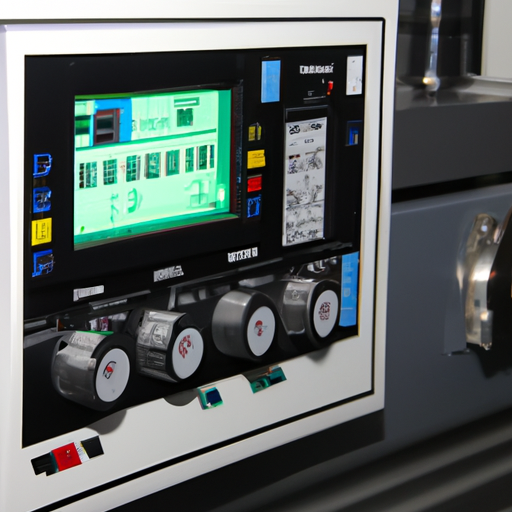Title: Exploring the Mainstream Ballast Controller Product Line Parameters

Ballast controllers play a crucial role in the efficient operation of lighting systems, particularly in fluorescent lamps. These controllers are responsible for regulating the electrical current flowing through the lamp, ensuring optimal performance, and extending its lifespan. In recent years, the market for ballast controllers has witnessed significant growth, with various manufacturers offering a wide range of products. This article aims to delve into the parameters that define the mainstream ballast controller product line, highlighting their importance and impact on lighting systems.
1. Efficiency:
Efficiency is a key parameter when it comes to ballast controllers. It refers to the ability of the controller to convert electrical power into light output effectively. Higher efficiency means less energy loss, resulting in reduced power consumption and lower operating costs. Manufacturers strive to develop ballast controllers with high efficiency ratings, often exceeding regulatory requirements. Energy-efficient ballast controllers not only benefit the environment but also provide significant savings for consumers.
2. Dimming Capability:
Dimming capability is another crucial parameter that determines the versatility of a ballast controller. Dimming allows users to adjust the light output according to their needs, creating ambiance, conserving energy, and enhancing visual comfort. Mainstream ballast controllers offer various dimming options, including analog, digital, and wireless control. These controllers enable smooth and flicker-free dimming, ensuring a seamless lighting experience.
3. Compatibility:
Compatibility is a vital consideration when selecting a ballast controller. It determines whether the controller can work seamlessly with different types of lamps, such as fluorescent, compact fluorescent, and high-intensity discharge lamps. Mainstream ballast controllers are designed to be compatible with a wide range of lamp types, ensuring flexibility and ease of installation. Compatibility also extends to the control systems used, allowing integration with building automation systems and smart lighting solutions.
4. Power Factor Correction (PFC):
Power factor correction is a parameter that measures the efficiency of power usage in a ballast controller. It refers to the ability of the controller to minimize reactive power and improve the power factor, resulting in a more efficient use of electrical energy. High power factor correction ensures that the controller operates closer to unity power factor, reducing energy waste and improving overall system performance. Mainstream ballast controllers often incorporate advanced PFC techniques to meet stringent energy efficiency standards.
5. Thermal Management:
Thermal management is a critical parameter that affects the reliability and lifespan of a ballast controller. As ballast controllers generate heat during operation, efficient thermal management is necessary to dissipate heat and maintain optimal operating temperatures. Mainstream ballast controllers employ various techniques, such as heat sinks, thermal pads, and advanced thermal management algorithms, to ensure reliable and long-lasting performance. Effective thermal management also reduces the risk of premature failure and enhances safety.
6. Intelligent Control Features:
Intelligent control features are becoming increasingly prevalent in mainstream ballast controllers. These features include occupancy sensing, daylight harvesting, and adaptive lighting control. Occupancy sensing allows the controller to detect the presence of people in a room and adjust the lighting accordingly, optimizing energy usage. Daylight harvesting utilizes sensors to measure natural light levels and automatically adjusts the artificial lighting to maintain a desired illumination level. Adaptive lighting control enables the ballast controller to learn and adapt to user preferences, creating personalized lighting experiences.
Conclusion:
The mainstream ballast controller product line encompasses a wide range of parameters that define their performance, efficiency, and compatibility. These parameters, including efficiency, dimming capability, compatibility, power factor correction, thermal management, and intelligent control features, play a crucial role in determining the overall quality and functionality of ballast controllers. As the lighting industry continues to evolve, manufacturers strive to develop innovative ballast controllers that meet the growing demands for energy efficiency, flexibility, and intelligent control. By understanding these parameters, consumers can make informed decisions when selecting ballast controllers for their lighting systems, ensuring optimal performance and energy savings.